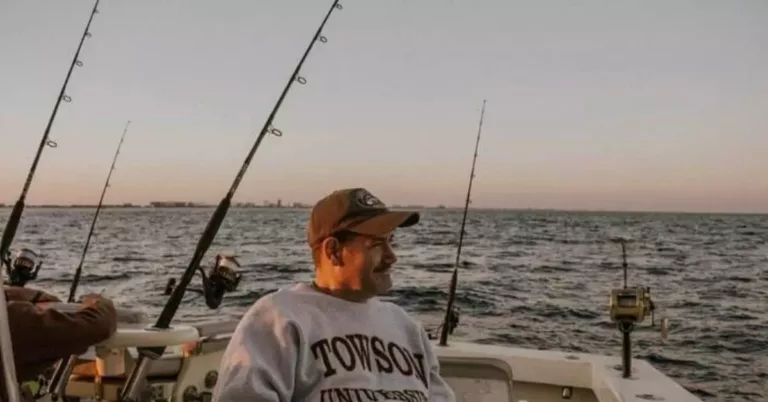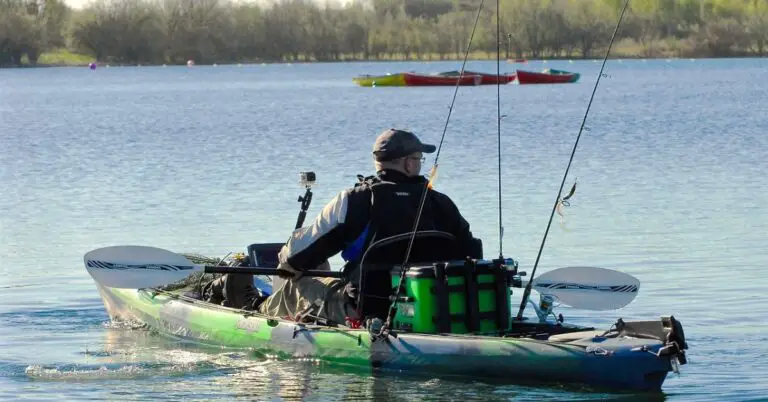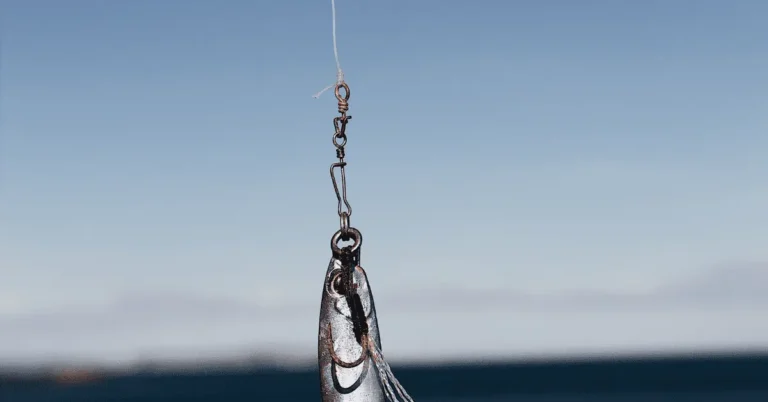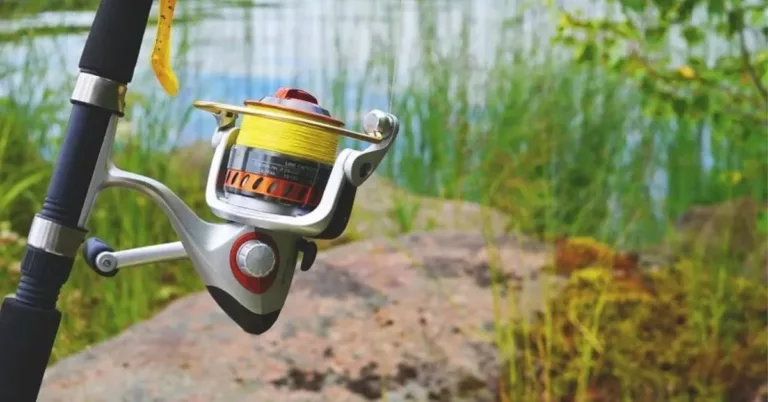As Crappie Fishing Heats Up in March: What Bait Should You Use?

As winter thaws into early spring, crappie anglers eagerly await the start of the pre-spawn feeding frenzy. When hunger, rising water temperatures, and annual baitfish migrations drive cold-lethargic slabs into a voracious frenzy come March.
So what’s the best offering to tempt these hungry papermouths? Read on as we dive into March crappie bait strategies to help fill your live-well this month.
As Water Temperatures Rise, Minnows Become Prime Crappie Candy
None of the March crappie baits produce as consistently as live minnows. Minnows are easy for cold-blooded crappies to swallow and readily available making these soft-bodied forage fish prime targets as warming water energizes inactive schools of crappie into actively prowling predators.
A 1989 study by the Oklahoma Department of Wildlife found threadfin and fathead minnows made up over 50% of March crappie stomach contents. And the numbers back it up – with huge pre-spawn hauls like the 3.7 pound monster caught by James King March 19,2023.
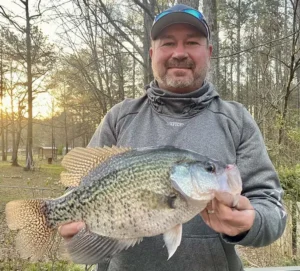
As temperatures reach the mid-50s, don’t overlook minnows for enticing old momma crappie out of thick cover and pack-hunting schooled-up juveniles once the ice melts in the backs of creeks.
The Debate: Jigs vs. Minnows for Trophy Spring Slabs
Ask ten seasoned crappie experts for a better March bait, and you’re likely to get a 50/50 split decision between minnows and crappie jigs. Both fire up distant schools into a competitive frenzy and appeal to inactive singles, but classic live bait and synthetics diverge in technique and effectiveness as water temperatures fluctuate.
Early in the month, real minnows shine registering vivid movement and life-like profiles to lethargic fish. Yet as energy levels rise and crappies spread toward emerging vegetation and shorelines, lead heads punch through thick grass and present exaggerated action compared to minnows that often suffer torn fins or struggle swimming weighted rigs into the backs of creeks and shallows.
Ultimately deciding between the two boils down to fish activity levels and your comfortability managing livewells or fine-tuning jig retrieves. Just ask Josh Bohannon – who exclusively relies on Bobby Garland Baby Shad rigs like the pink fire pearl color he temped for his 2.89 lb trophy.
At the same time, Arkansas guide Ronnie Capps exclusively starts in March with threadfins for hot brush pile action before transitioning to louder 1/16 oz. Road Runner jig heads along emerging shorelines to pull heavy stringers of spawners.
Best Soft Plastic Lures for Spawning Crappies
While minnows excel during early spring, savvy anglers turn to soft plastic lures later in March as shallow beds warm into prime real estate.
Unrivaled variety makes plastics a go-to when crappies grow finicky choosing between bluegill, shad, and minnow imitations as spawning approaches. Modern favorites like Southern Pro Tubes, Triple Tip Grubs, and Bobby Garland Baby Shads let anglers quickly cycle through shapes, colors, and tail-kick intensities.
This precise finesse helped Tampa angler John Smith tempt a 3.2-pound slab that was lurking in shallow waters, in preparation to spawn back in 2018. As finicky as crappies can be, packing versatile soft plastics allows for quickly matching regional hatch preferences once they transition toward their spawning grounds later in the month.
Look Shallow for Spawners: Best Areas to Find Active Fish
As the ice melts off shallow flats and black crappies start constructing saucer-shaped nests around emerging grass and wood, following schools toward the bank, as they prepare for spawn, pays massive dividends across many trophy waters.
Several techniques can lure out the crappie. Slow rolling 1/32 oz. jigs through gaps or rigging 3-inch pearl white shad bodies under slip floats to drag over sand or gravel, offers tantalizing glimpses that bring aggressive protectors charging out to investigate and attack perceived threats.
Focus your efforts towards creek arms with southern exposures that warm earlier or target submerged creek channels and oxbows for initial waves of transition crappies surging toward their home spawning sites.
As Terry Baker learned back in 2017 – sticking shallow paid off with an early prespawn 2.7-pound slab scouting a grassy flat in Oklahoma’s Lake Eufala just 5 feet deep after catching dozens of males guarding beds earlier that March week.
Never overlook scanning inch-deep emerging bays once ice recedes, where some of the heaviest females arrive early before disappearing into thick vegetation at peak spawn.
Customize Your Offerings for Picky Biters
One mistake anglers make when chasing spawning crappie is sticking with generic baits and ignoring early seasonal patterns. As veteran guide Todd Huckabee preaches, downsizing to match baitfish patterns and reducing the profile of your bait helps match regional forage availability and tempt inactive singles before mass migrations.
Carrying smaller 1-inch curly tails and shad bodies on 1/64 oz heads allows capitalizing during slow bites when crappies hone in on fry-sized meals common in early March.
Likewise, altering plastic tail and body colors based on water clarity strikes a balance between natural presentation and easy visibility. Pearl and albino patterns shine under sunny skies in dingy runoff-stained flows like Louisiana’s Atchafalaya Basin.
Yet when targeting brush piles or standing timber, brighter contrasting chartreuse, pink, and orange hues help bites stand out in darker tannic waters. Keeping an open mind in March and embracing variety remains crucial.
Conclusion
As we wrap up winter, take these March crappie lessons to heart. Embrace the pre-spawn transition as energy skyrockets in warming shallows and make sure to take advantage of seasonal patterns keying in on emerging baitfish.
Rely on lively minnows early before graduating to finesse plastics that allow capitalizing on finicky biters. Most importantly – don’t fear prospecting the skinny water as slab scouts emerge from their deepwater highways and surge toward the banks.
Adapting proven spring tactics will help ensure your boat banner catches this month!

